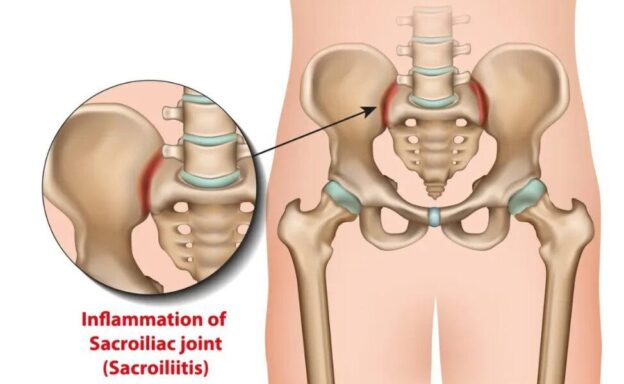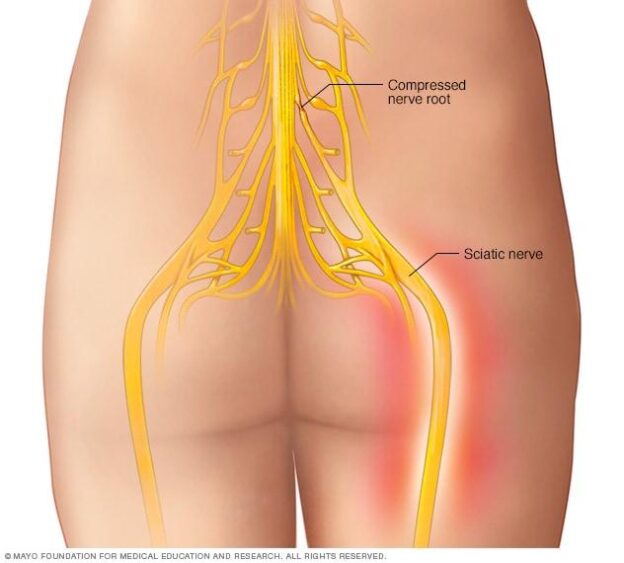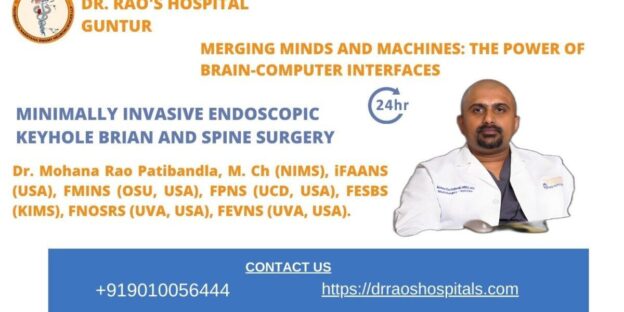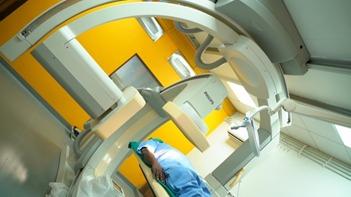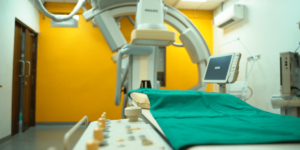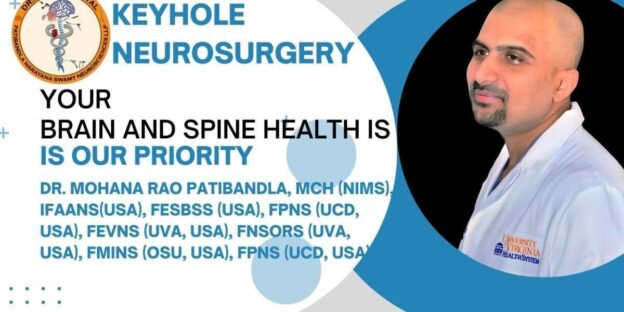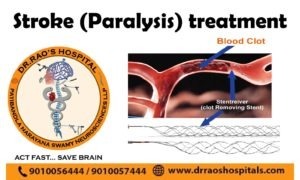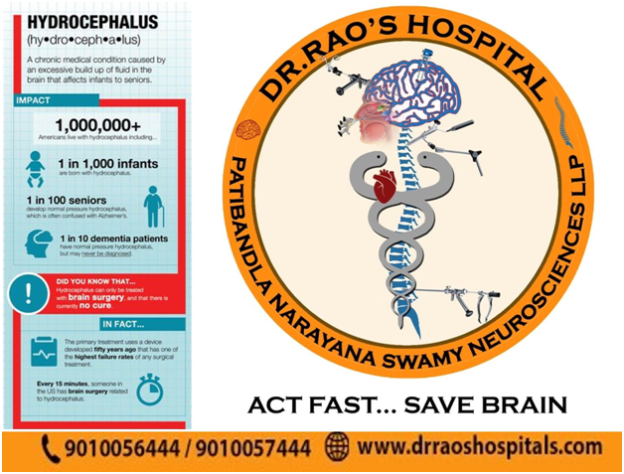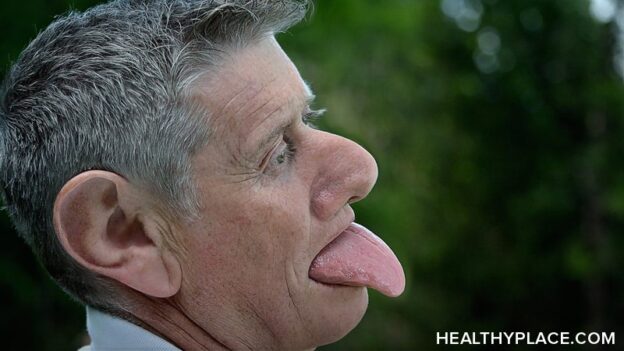The best treatment for Ankylosing Spondylitis in Guntur Dr Raos
Ankylosing spondylitis is a common form of arthritis that can cause severe pain in the spine. A combination of genetic and environmental factors may be to blame for the chronic condition ankylosing spondylitis. If you or a loved one is diagnosed with ankylosing spondylitis, discuss treatment options with your doctor, Dr Rao, the best neurosurgeon and spine surgeon in Andhra Pradesh, Guntur, and India. Dr Raos hospital is the best neurosurgery hospital in India, Guntur and Andhra Pradesh provide the best spine surgery, spinal surgery or spine specialist care for ankylosing spondylitis. Call us at 9010056444 or 9010057444 for an appointment.
Definition of ankylosing spondylitis:
Ankylosis means joints fuse and become unmovable, and spondylitis is inflammation involving the spine’s vertebrae and facet joints.
The spine becomes stiff and immobile when vertebrae or other bones/joints fuse. AS commonly involves sacroiliac joints but may affect other joints like the spine and cause kyphosis.
1. Ankylosing spondylitis is a form of arthritis that can affect the spine.
2. The pain associated with ankylosing spondylitis can be severe.
3. Ankylosing spondylitis is thought to be caused by a combination of genetic and environmental factors.
B. Demographics of ankylosing spondylitis
1. Ankylosing spondylitis is most common in men.
2. Ankylosing spondylitis is also more common in people between the ages of 30 and 60.
C. Causes of ankylosing spondylitis
1. It is believed that a combination of genetic (HLA B27) and environmental factors is what causes ankylosing spondylitis.
2. Environmental factors that may increase your risk of developing ankylosing spondylitis include your family history and your overall health.
D. Risk factors for ankylosing spondylitis
1. Age is one of the main risk factors for ankylosing spondylitis.
2. Other risk factors for ankylosing spondylitis include smoking, obesity, and a sedentary lifestyle.
E. Symptoms of ankylosing spondylitis
- The classic symptoms of ankylosing spondylitis include severe pain in your spine, stiffness, and limited movement.
- Other symptoms of ankylosing spondylitis can include fatigue, mood swings, and trouble sleeping.
- Inflammation in key areas. AS could be to blame if you experience discomfort in different parts of your body. The places most often affected by AS include:
- SI joints
- Lower back vertebrae
- Hip and shoulder joints
- The entheses, or areas where tendons and ligaments attach to bones, are mainly in your spine but sometimes at the back of your heels
- The cartilage around your ribs and breastbone
F. Diagnosis of ankylosing spondylitis
1. Ankylosing spondylitis can often be diagnosed based on your medical history, symptoms, and blood work with HLA B27.
2. Your doctor may order tests to confirm the diagnosis, such as an x-ray or an MRI.
G. Treatment of ankylosing spondylitis
1. The goal of treatment for ankylosing spondylitis is to reduce your pain and improve your mobility.
2. Treatment for ankylosing spondylitis may include physical therapy, medications, and surgery.
- DMARDs prescribed to treat AS include methotrexate and sulfasalazine (Azulfidine)
- Biologics such as adalimumab (Humira), certolizumab (Cimzia), secukinumab (Cosentyx), and ixekizumab (Taltz).
- Laminectomy
- Osteotomy
- Spinal instrumentation and fusion
- Joint replacement
H. Prognosis of ankylosing spondylitis
1. The prognosis for ankylosing spondylitis varies based on age, symptoms, and treatment response.
2. In some people with ankylosing spondylitis, the condition worsens over time.
I. Precautions for ankylosing spondylitis: FIRST AND FOREMOST QUIT SMOKING
1. take precautions to prevent falls in people with ankylosing spondylitis.
2. Avoid heavy lifting, which can aggravate ankylosing spondylitis.
3. Be sure to wear supportive shoes around people with ankylosing spondylitis.
III. Conclusion
Ankylosing spondylitis is a common form of arthritis that can cause severe pain in the spine. A combination of genetic and environmental factors may be to blame for the chronic condition ankylosing spondylitis. If you or a loved one is diagnosed with ankylosing spondylitis, be sure to discuss treatment options with your doctor, Dr Rao, the best neurosurgeon and spine surgeon in Andhra Pradesh, Guntur, and India. Dr. Raos Hospital is the best neurosurgery hospital in India; Guntur and Andhra Pradesh provide the best spine surgery, spinal surgery, or spine specialist care for ankylosing spondylitis. Call us at 9010056444 or 9010057444 for an appointment.

